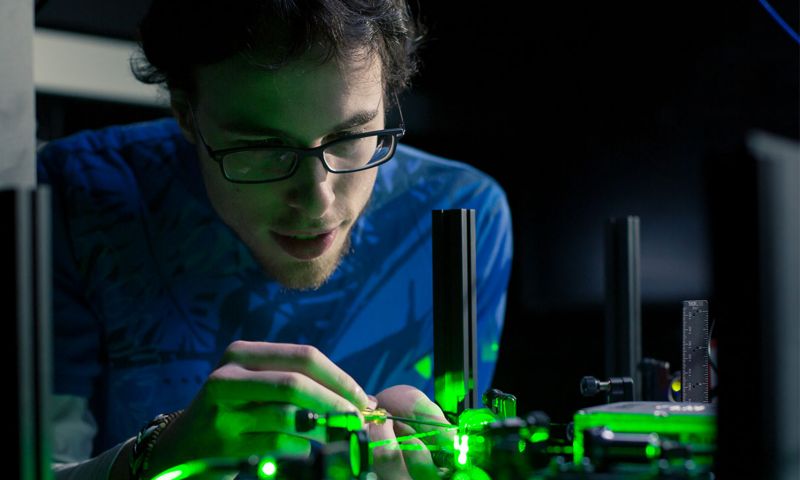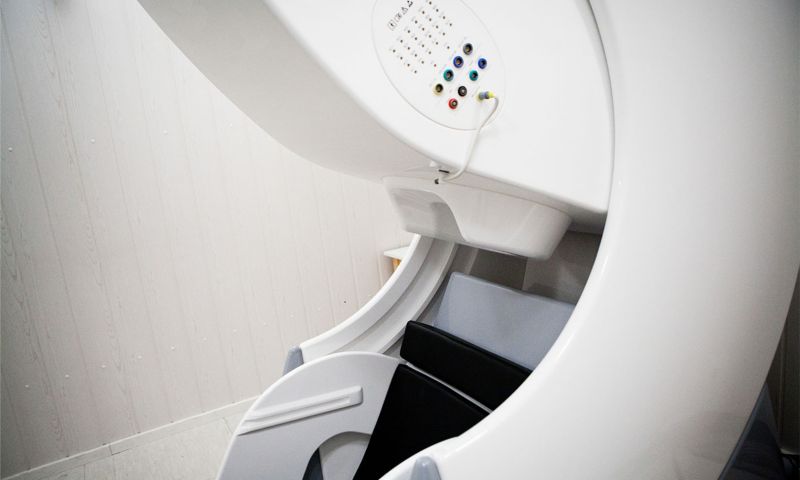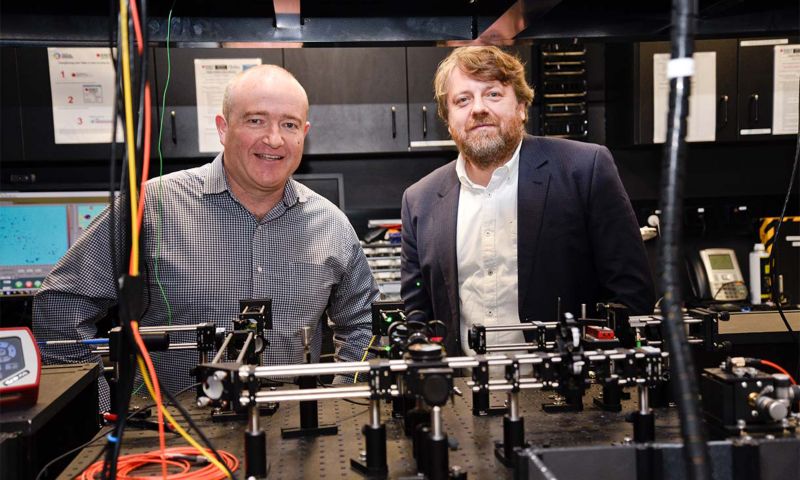Smart spongy device captures water from thin air
Engineers from Australia and China have invented a sponge-like device that captures water from thin air and then releases it in a cup using the sun’s energy, even in low humidity where other technologies such as fog harvesting and radiative cooling have struggled.
RMIT strengthens relations in ASEAN region with Digital Readiness Program
Last week, The College of Business and Law in collaboration with the College of Vocational Education, welcomed recipients of the Australia Awards Improving Digital Readiness and Resilience of the Technical and Vocational Education Training (TVET) short course program.
Accelerating health workforce skills through a successful pilot program
Following a successful pilot run by RMIT University’s Health Transformation Lab and College of Vocational Education addressing digital skills shortages, the Victorian Government has increased its support with an additional $4.75 million announced to expand Skills Solutions Partnerships – a platform for training providers and industry to collaboratively develop programs addressing emerging skills needs across Victoria.
Gas-sensing capsule takes another big step from lab to commercialisation
An ingestible gas-sensing capsule that provides real-time insights into gut health has moved closer to market with RMIT University transferring IP ownership to medical device company Atmo Biosciences.











